Arna-Jharna: The Desert Museum is an attempt to re-imagine what a museum could be. Instead of being enclosed in a box, it celebrates the open spaces of the desert, including its flora and fauna, as part of a larger holistic exploration of the museum as a place of learning. Envisioned by the late Komal Kothari, one of India's leading folklorists and oral historians, the Arna-Jharna Museum can be described as a process of interactive learning experiences linked to traditional knowledge systems. Situated on an abandoned sandstone mine surrounded by harsh and dry terrain, the Arna-Jharna museum, with its own water-harvesting system, has transformed the crater of the mine into a lake which has become the haunt and nesting ground of birds, notably the peacock. The landscape with its sedimentary rock formations remains harsh, but the soil has been nurtured to accommodate a rich biodiversity of indigenous grasses, cactus, and the resilient trees of the desert - khejri, ker, ber, rohira, kumquat.
The museum is most notably known for its unique collection of brooms collected from different parts of Rajasthan. Over 100 types of brooms are displayed throwing light on the various broom-making communities of Rajasthan and their relation to the surrounding biodiversity.
26.2972534, 72.8952457
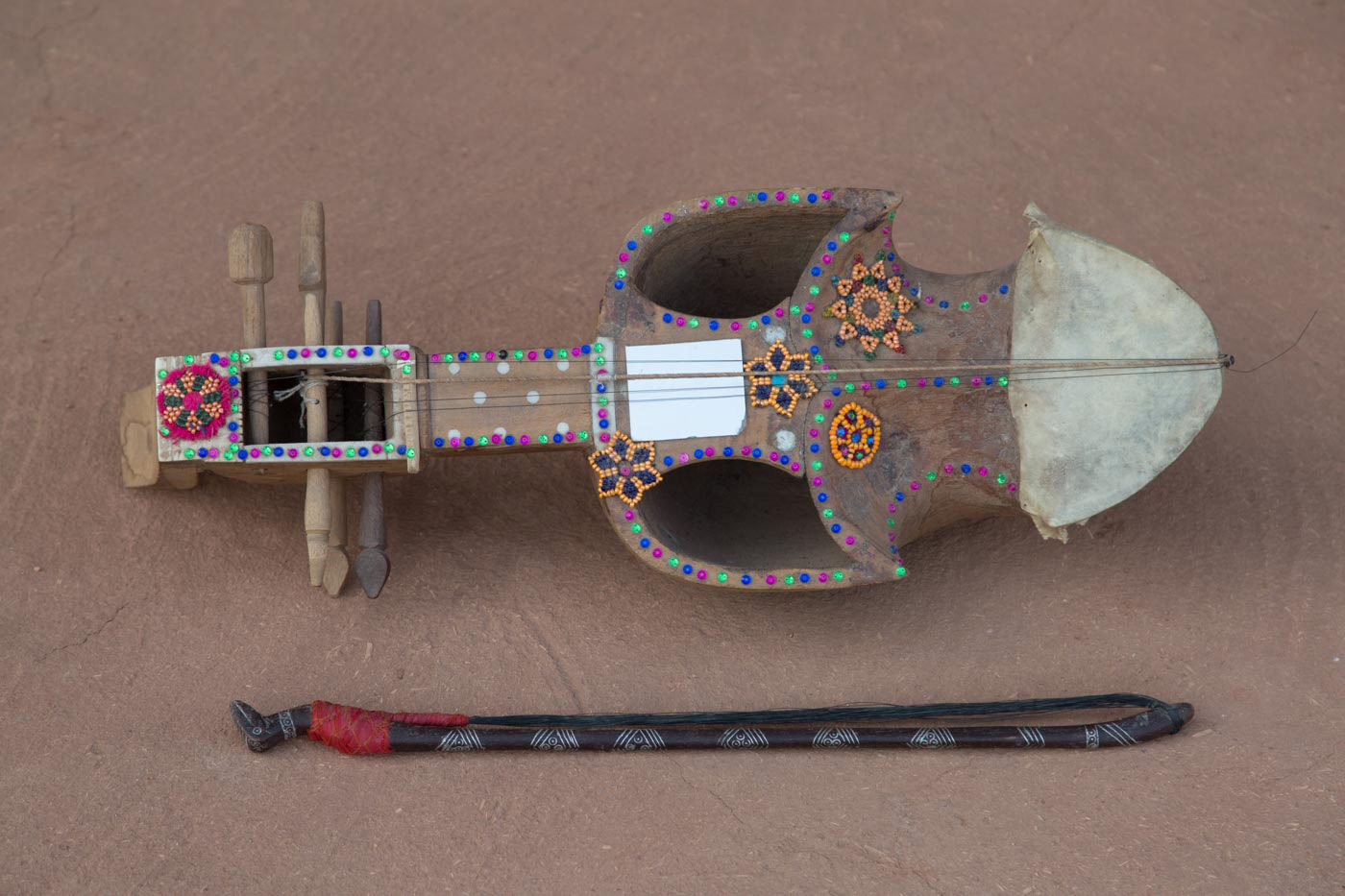
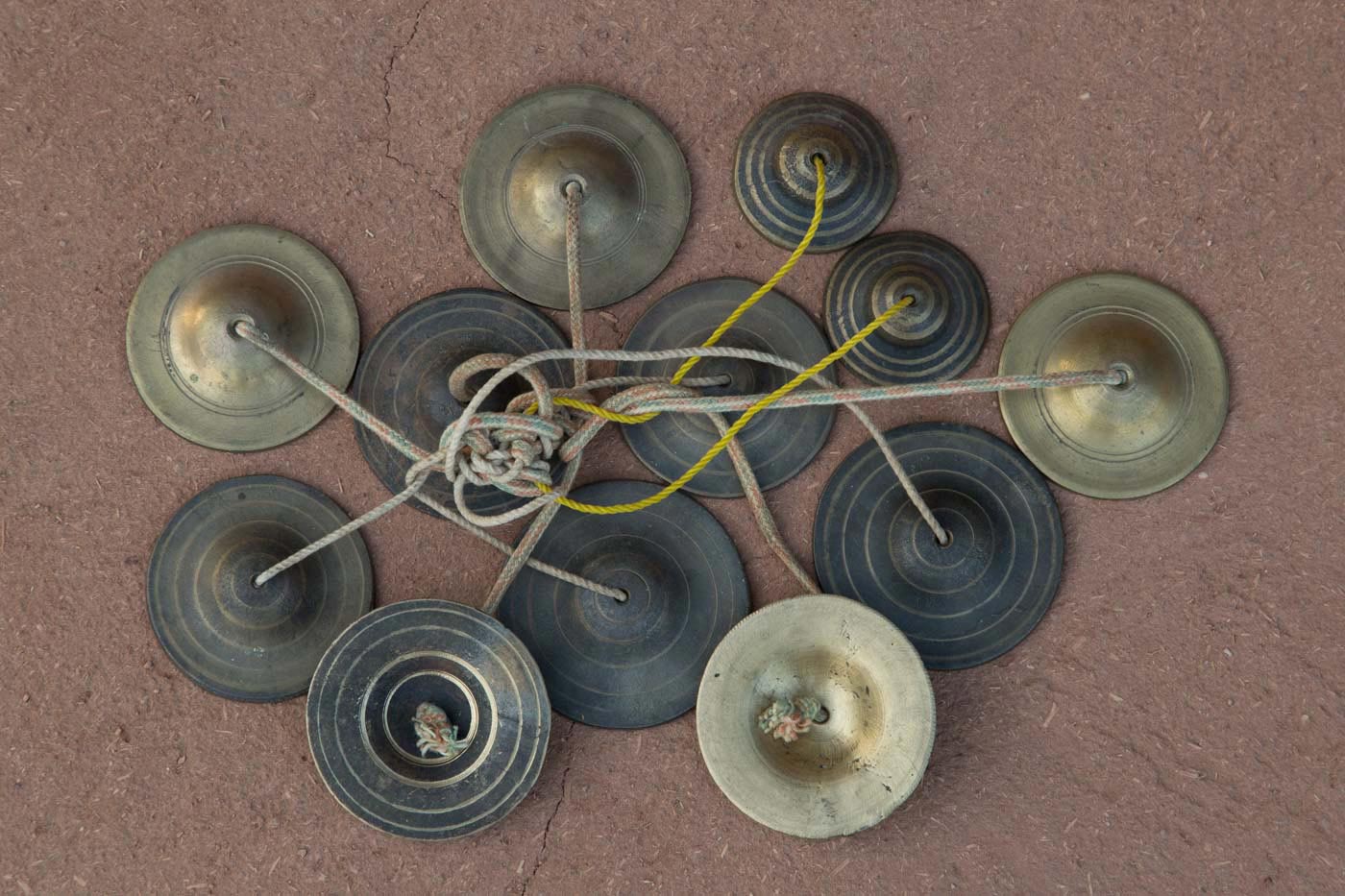
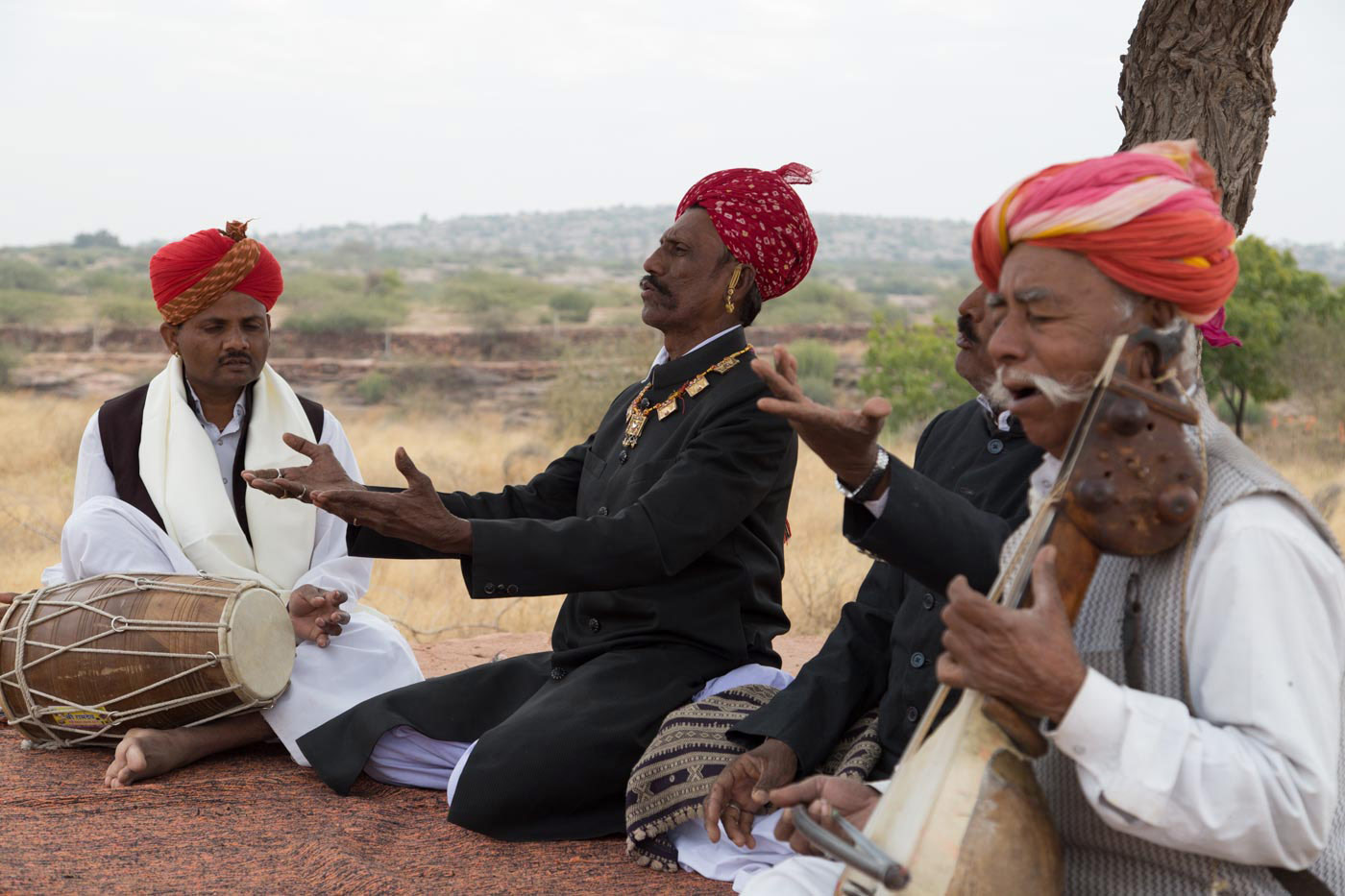
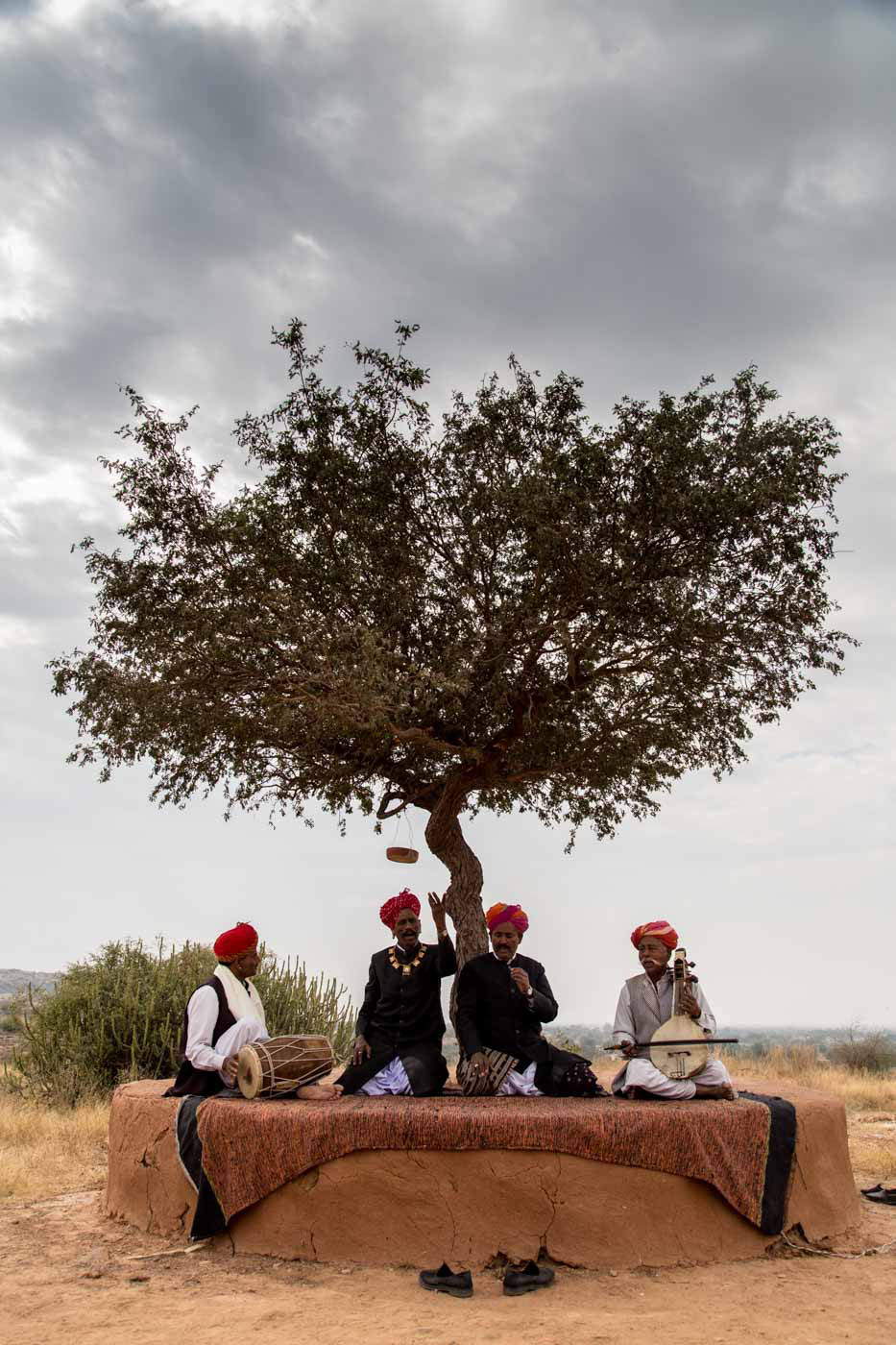
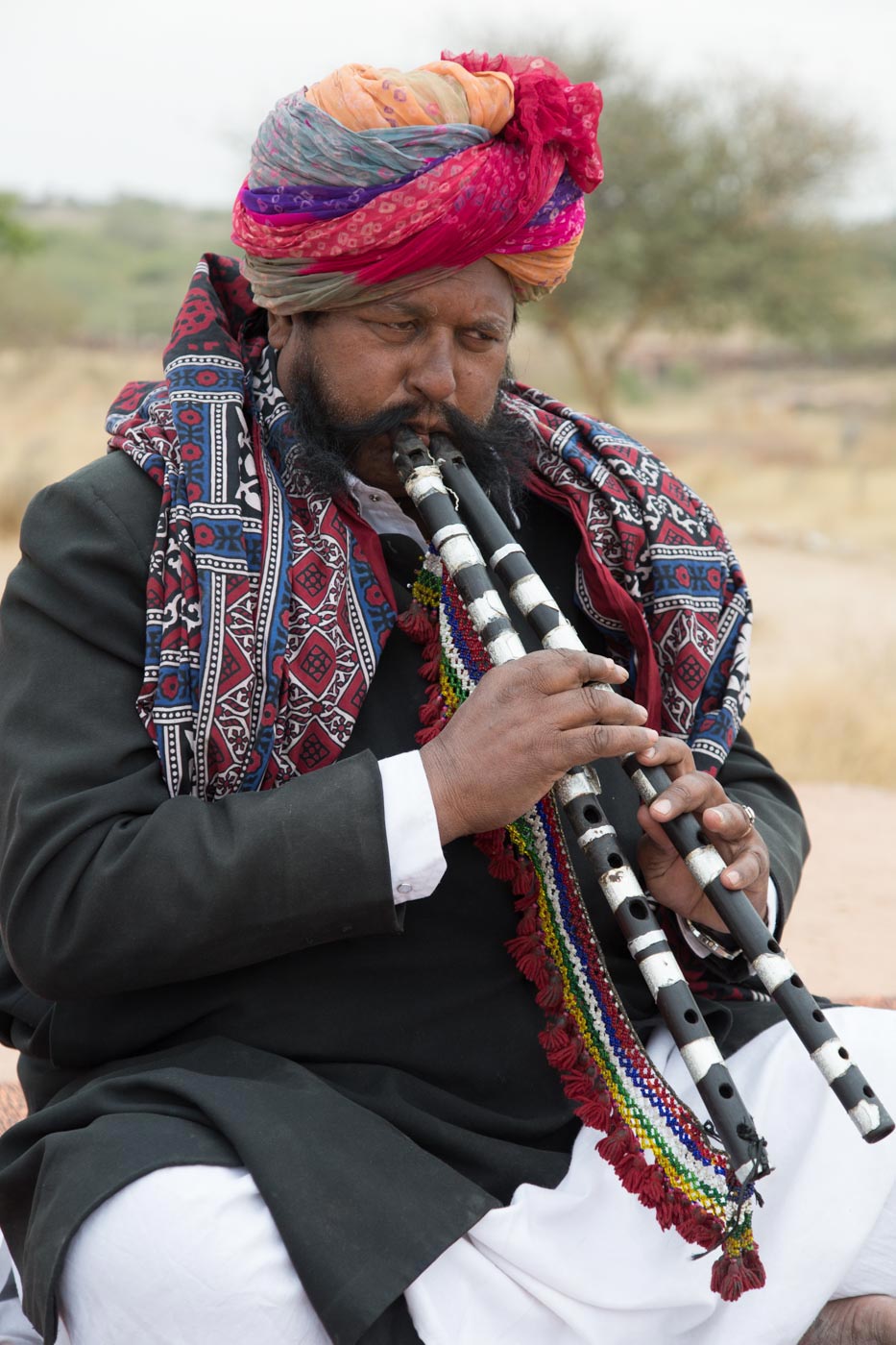
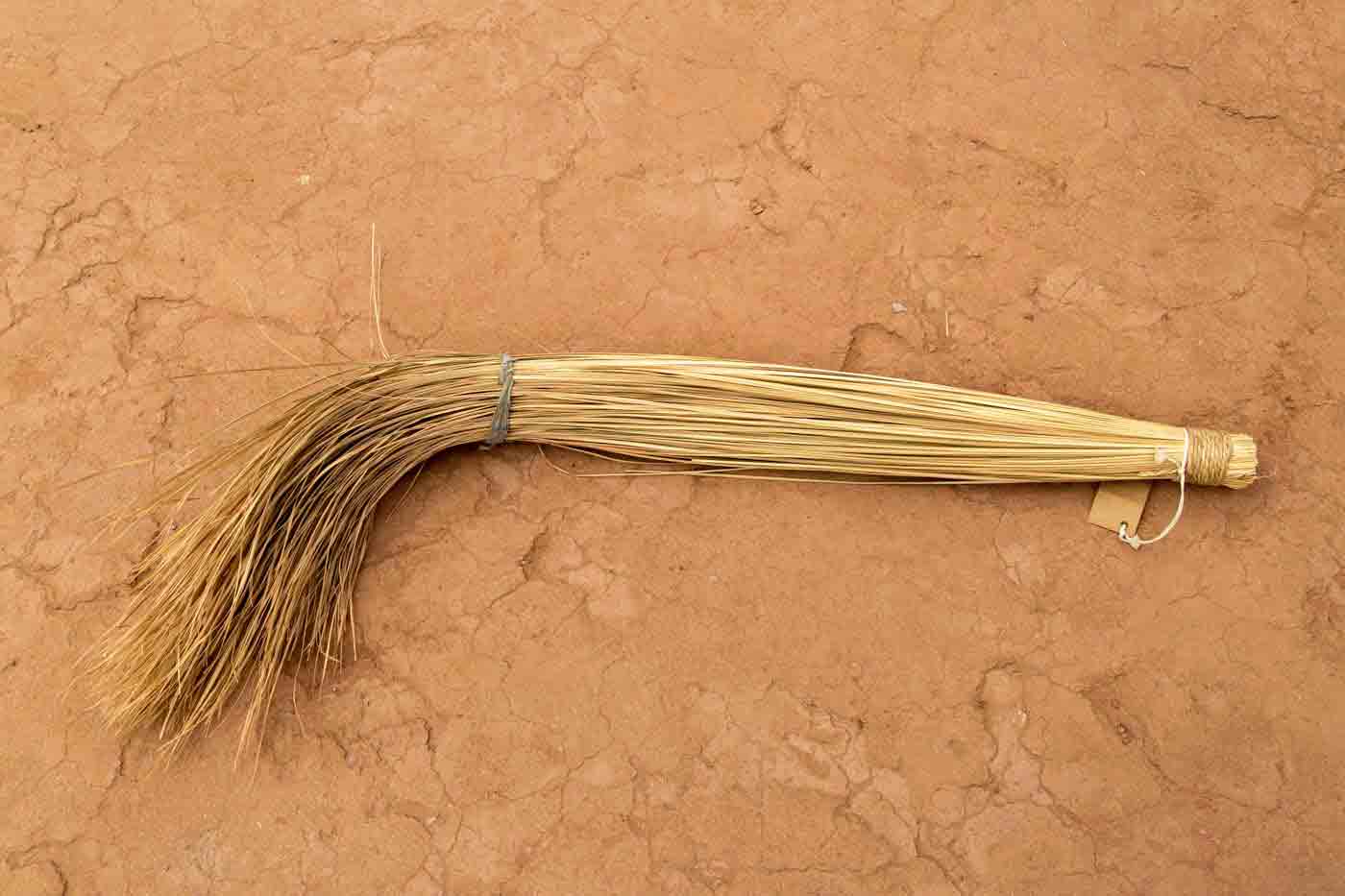
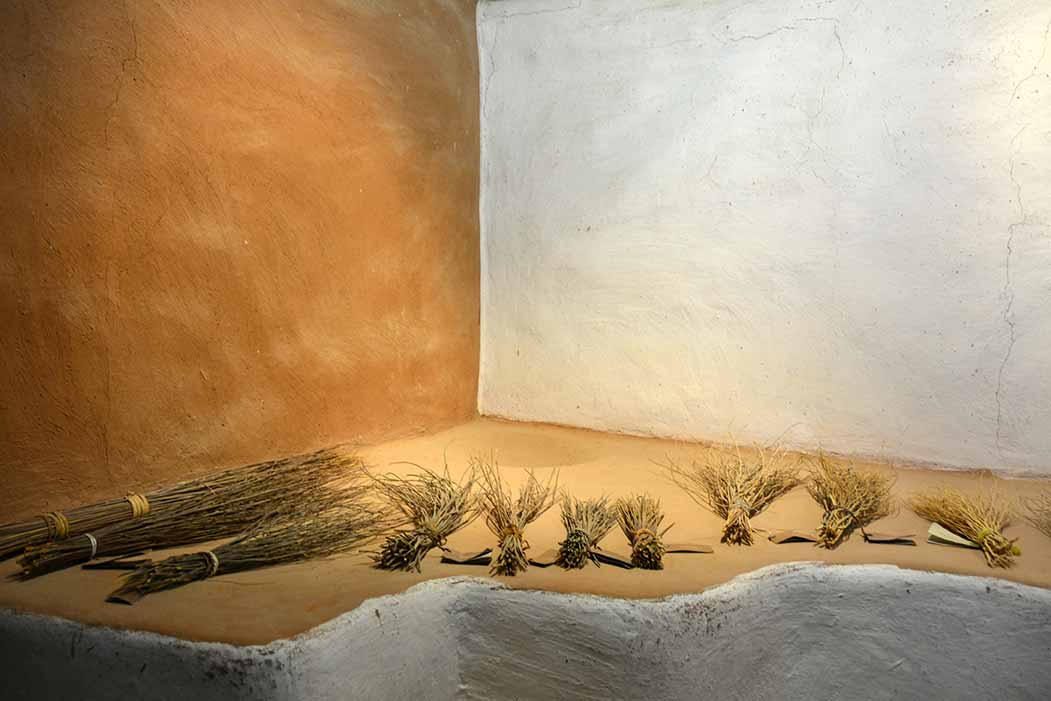
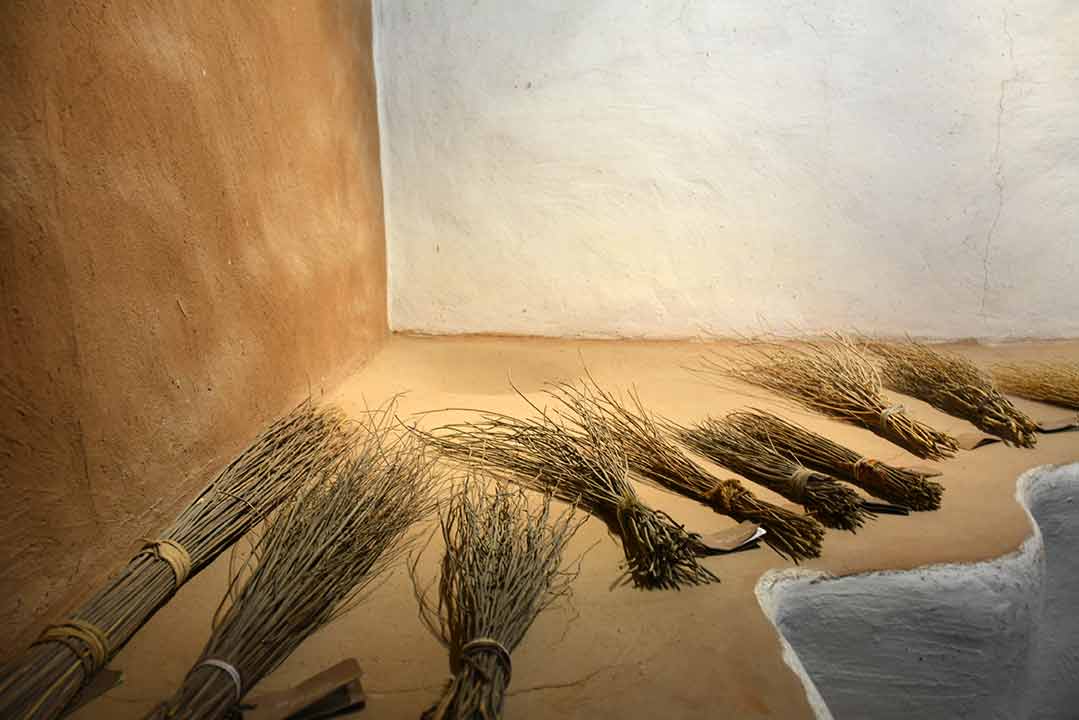
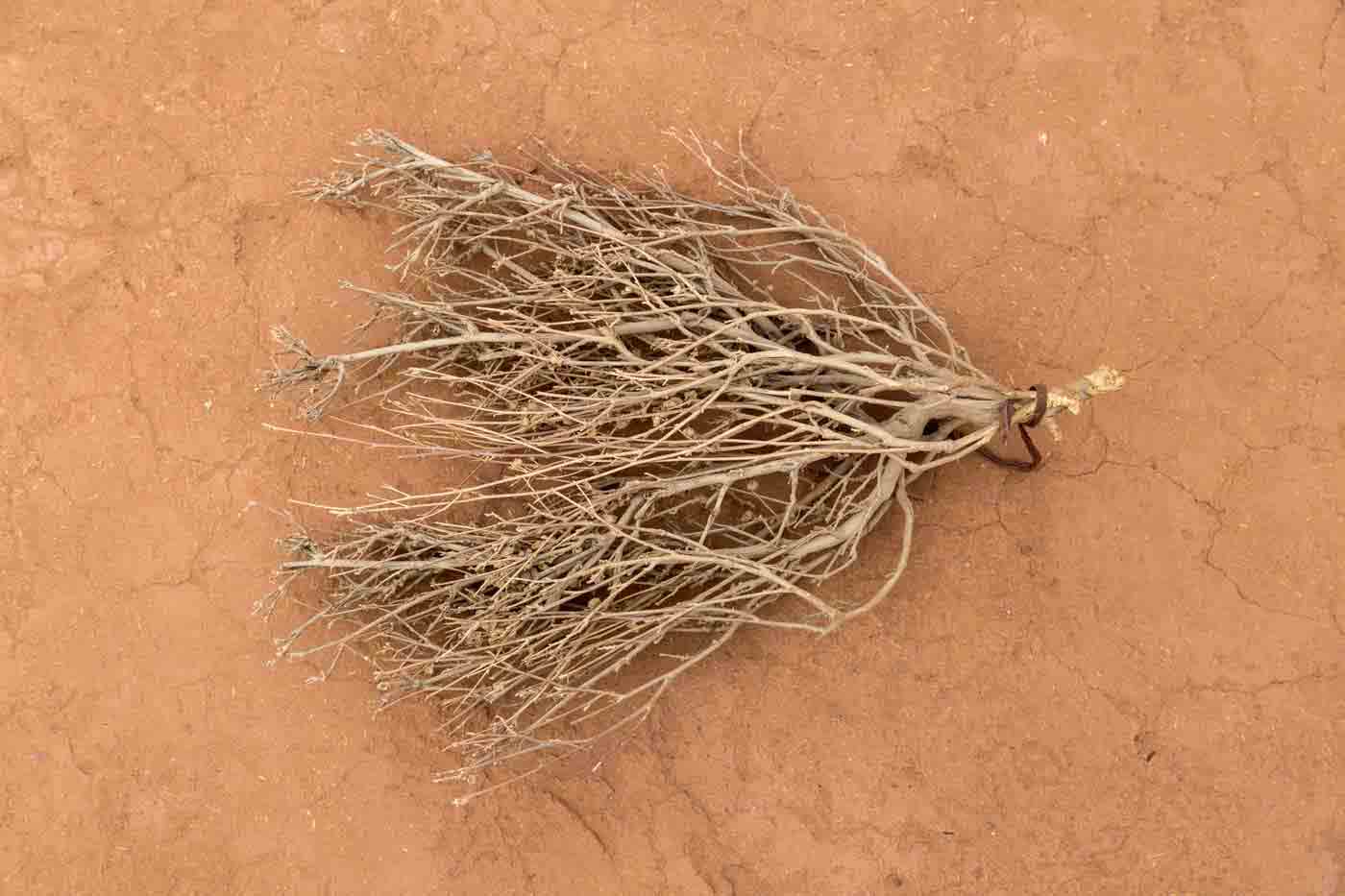
Foreigners: ₹150
Below 6 years: free
